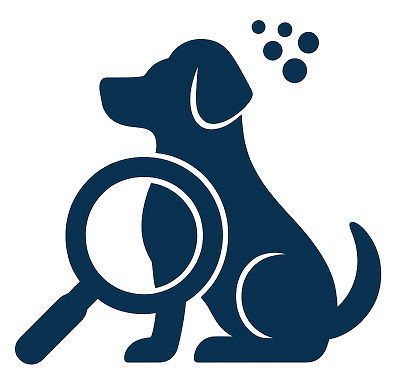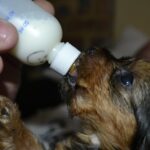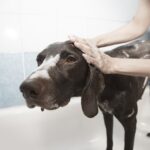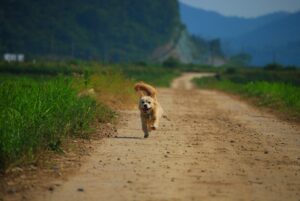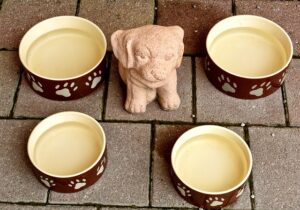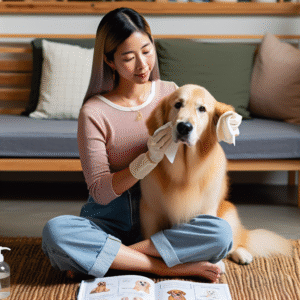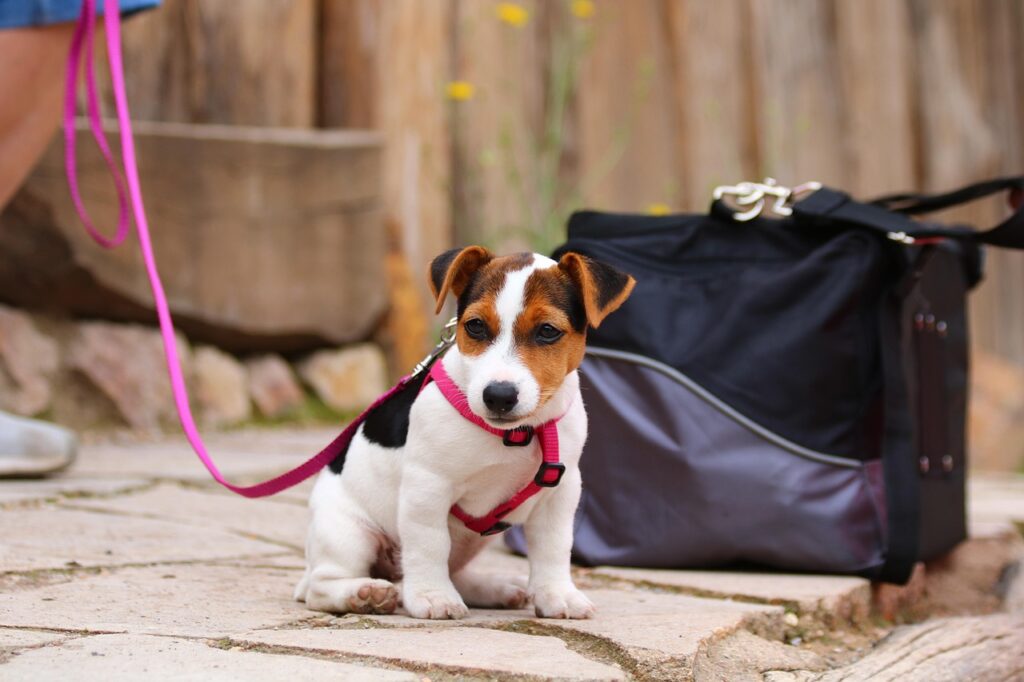
Potty training a new puppy is one of the most essential tasks for any dog owner. It requires patience, consistency, and understanding to foster a well-trained companion. This guide will provide you with the ultimate strategies for potty training success, ensuring your puppy not only learns quickly but also forms a strong bond with you in the process.
Understanding Your Puppy
Before delving into the specifics of potty training, it’s paramount to understand your puppy’s behavior and needs. Puppies are like toddlers; they are learning the world around them and require guidance.
Developmental Stages
Puppies develop rapidly, and their ability to control their bladder and bowels improves with age. Typically, puppies can start potty training at around 12 weeks old, although the exact timing can vary depending on the breed and individual development.
Recognizing Signals
Observing your puppy’s body language is crucial. They often give signals when they need to relieve themselves, such as sniffing the ground, circling, or whining. Recognizing these signals can help you anticipate their needs and prevent accidents.
Setting Up for Success
Preparation is key to effective potty training. Creating an environment conducive to learning will make the process smoother for both you and your puppy.
Choosing a Potty Area
Select a designated potty area outside. Consistency is critical, so always take your puppy to the same spot. The familiar scent will prompt them to relieve themselves there, reinforcing the habit.
Tools and Supplies
Equip yourself with the necessary tools: a leash for guiding your puppy, treats for positive reinforcement, and cleaning supplies for accidents. Odor-neutralizing cleaners are particularly important to prevent your puppy from being drawn back to the same spot indoors.
Establishing a Routine
Consistency is the cornerstone of potty training. Establishing a routine helps your puppy understand when and where they are expected to go.
Regular Feeding Schedule
Feed your puppy at the same times every day. This routine helps regulate their digestive system, making it easier to predict when they will need to go out.
Frequent Potty Breaks
Young puppies need to relieve themselves frequently. Take them out every 1-2 hours, and always after meals, naps, and play sessions. As they grow older, the intervals between potty breaks can be gradually increased.
Positive Reinforcement
Positive reinforcement is a powerful tool in potty training. Rewarding your puppy for the desired behavior encourages them to repeat it.
Using Treats and Praise
Immediately after your puppy relieves themselves in the designated spot, reward them with a treat and enthusiastic praise. The immediate reward helps them associate the action with positive outcomes.
Avoiding Punishment
Never punish your puppy for accidents. Negative reinforcement can create anxiety and confusion, hindering the training process. Instead, focus on redirecting them to the proper behavior.
Handling Accidents
Accidents are inevitable, and handling them appropriately is crucial for successful potty training.
Staying Calm
If you catch your puppy in the act, interrupt them gently and take them outside immediately. Remaining calm is essential; raising your voice can scare them and deter their progress.
Cleaning Up
Clean accidents thoroughly using an enzymatic cleaner to remove odors. This prevents your puppy from being attracted back to the same spot, reducing the likelihood of repeat accidents.
Crate Training
Crate training can be an invaluable component of potty training, as it utilizes your puppy’s natural instincts.
Creating a Safe Space
A crate should be a comfortable and safe space for your puppy. It should be large enough for them to stand, turn around, and lie down but not so large that they can designate a corner as a potty area.
Using the Crate Effectively
Use the crate for short periods when you cannot supervise your puppy directly. Puppies usually avoid soiling their sleeping area, which helps them learn bladder control. However, ensure they are not left in the crate for too long to avoid discomfort and anxiety.
Building Patience and Consistency
Potty training is a process that requires patience and consistency. Every puppy learns at their own pace, so it’s essential to stay committed and understanding.
Tracking Progress
Keep a journal of your puppy’s potty habits. Tracking their progress helps identify patterns, making it easier to anticipate their needs and adjust the routine accordingly.
Celebrating Milestones
Celebrate small victories along the way. Each successful outing is a step toward achieving your training goals. Positive reinforcement for both you and your puppy will keep motivation high.
Dealing with Setbacks
Even with the best-laid plans, setbacks can occur. How you handle these setbacks is crucial to the long-term success of potty training.
Identifying the Cause
If accidents become frequent, try to determine the cause. Changes in routine, diet, or environment can trigger regressions. Identifying these factors allows you to address them effectively.
Reaffirming Training
During setbacks, it’s important to reaffirm the training basics. Revisit the fundamentals, such as consistent routines and positive reinforcement, to get back on track.
Conclusion
Potty training is a fundamental aspect of raising a well-behaved puppy. By understanding your puppy’s needs, establishing a consistent routine, utilizing positive reinforcement, and approaching setbacks with patience, you can achieve potty training success. Remember, the goal is not only to train your puppy but also to build a trusting and loving relationship that will last a lifetime.
#ChatGPT assisted in the creation of this article.
